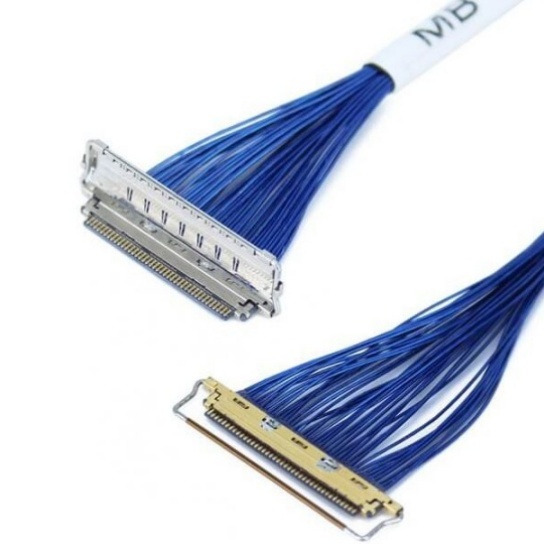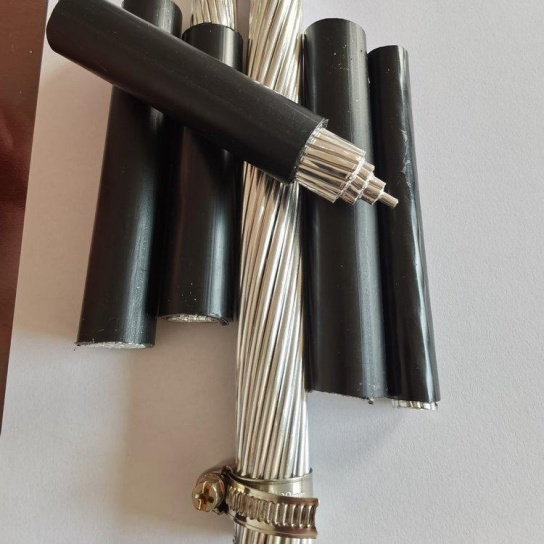Aviation Cable: The Lifeline of Modern Aircraft and Aerospace Systems
From commercial airliners to military drones, aviation cables are the unsung heroes ensuring reliable power, data, and signal transmission in the skies. These specialized cables are engineered to withstand extreme conditions—think turbule.






